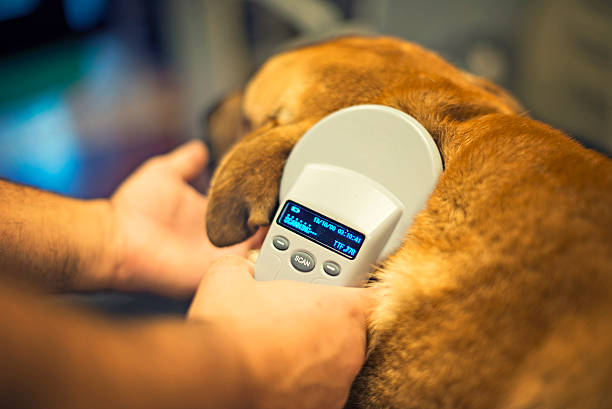The explanation might seem a tad complex; it’s not possible to find a dog breed that doesn’t shed even the smallest amount of fur. However, some breeds have such minimal hair shedding that they are mostly known as ‘non-shedding dogs’.
Non-shedding dogs are generally favoured by allergy sufferers because they cause significantly fewer allergic reactions than other dogs due to the lack of shed hair.


If you’re thinking about getting a non-shedding breed due to allergies however you should spend some time around them beforehand to make sure that you’re not also allergic to dog saliva.
The obvious advantage of non-shedding dogs is that there is little dog hair to clean up around the house so you don’t have to run a vacuum cleaner around four times a week.
Non-shedding dogs do require far more grooming though to keep their coats clean compared to shedding breeds. The frequent grooming does mean that it is harder for parasites to settle on the dog’s coat, however.
Dogs that are properly groomed often will tend to have healthier coats and skin as well and a professional dog groomer is often a popular choice.


Non-Shedding Breeds
- Australian Silky Terrier
- Bedlington Terrier
- Bichon Frisé
- Border Terrier
- Cockapoo
- Chinese Crested
- Coton de Tuléar
- Havanese
- Irish Water Spaniel
- Kerry Blue Terrier
- Komondor
- Maltese
- Peruvian Inca Orchid (Peruvian Hairless Dog)
- Poodle
- Portuguese Water Dog
- Puli
- Schnauzer
- Skye Terrier
- Soft Coated Wheaten Terrier
- Yorkshire Terrier
- Xoloitzcuintli (Mexican Hairless Dog)
Dander
Dander is the dead skin that dogs shed in addition to hair. The dander is actually the cause of most dog allergies in humans; the hair simply sheds at the same time as the dead skin. Non-shedding breeds generally create less dander which is why they’re favoured by allergy sufferers.
Related read: Dog-Gone Food Allergies


Why Dogs Shed Hair


While the temperature in a dog’s environment contributes to their shedding pattern it is actually the length of the day that is the major factor in determining how much a dog sheds its coat and when.
The seasonal changes in daylight hours actually determine when a dog begins to shed their coat. Come springtime a new shedding cycle begins which can last from four to six weeks.
As the amount of light in a day (i.e. the length of the day) governs when a dog will shed its coat, dogs that mainly live indoors (therefore a differing light cycle) may shed year-round.
Different Coats
Some breeds of non-shedding dogs like Ronnie and BB, the family Bedlington Terriers on the right have non-shedding curly coats. Instead of shedding their hair, it mats into their coats which can become very uncomfortable and unhygienic for the dog.
This is why it is important to maintain regular grooming for non-shedding dogs. Other breeds have what is known as a double coat. The outer coat is usually made up of longer, thicker hairs while the undercoat contains softer, thinner hairs.
When breeds with a double coat begin to shed the outer coat it can often come out in random patches and tufts. The appearance of a dog at this stage can, quite alarmingly, resemble a dog with a skin disease, however, it is normal and regular grooming will help the dog with its shedding process.
Thicker coats will benefit from a good bath to remove shed hair but it is a good idea to brush the dog down beforehand to avoid matting.
Tips for Handling a Dog’s Coat
- Brush your dog’s coat regularly to avoid matted fur and build-up. A grooming regimen for non-shedding dogs is a necessity, while for shedding dogs a good brushing down when they’re losing their winter coats is also very helpful.
- Make sure to clean your dog’s bedding frequently to avoid the build-up of hair and possibly a breeding farm for parasites if your dog picks up anything.
- Vacuum your house regularly in areas your dog frequents (specifically shedding breeds) preferably with a Vacuum cleaner fitted with a HEPA filter. This will remove allergens from your home.
Help your dog further: How Detoxing Your Dog and Their World Can Help Scratch That Itch
- Bathe your dog once in a while and brush their coat every day (specifically non-shedding breeds) to avoid their fur from matting.
- If you suffer from dog allergies always wash your hands after interacting with your dog and avoid contact with your face until you do.
- Dog allergy sufferers may also want to keep at least one room in the house dog-free so they have a retreat should an allergic reaction occur.
- Hardwood floors may also be a good idea for allergy sufferers as there will be no carpet for any dog hair to become trapped in.


